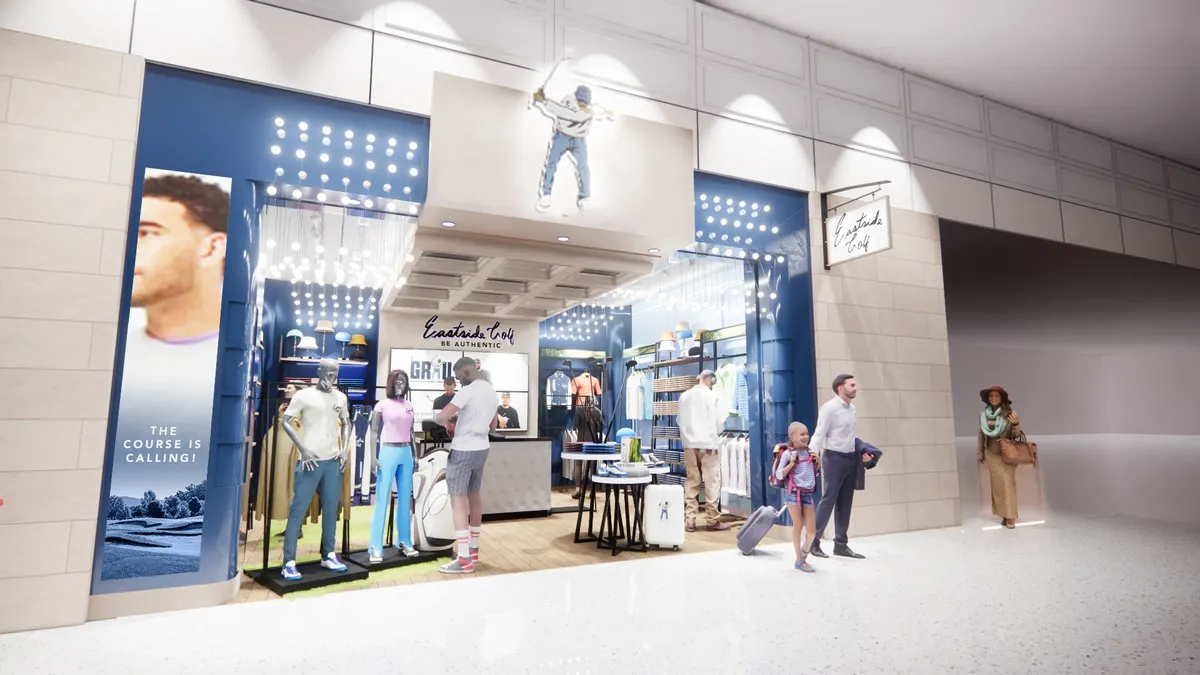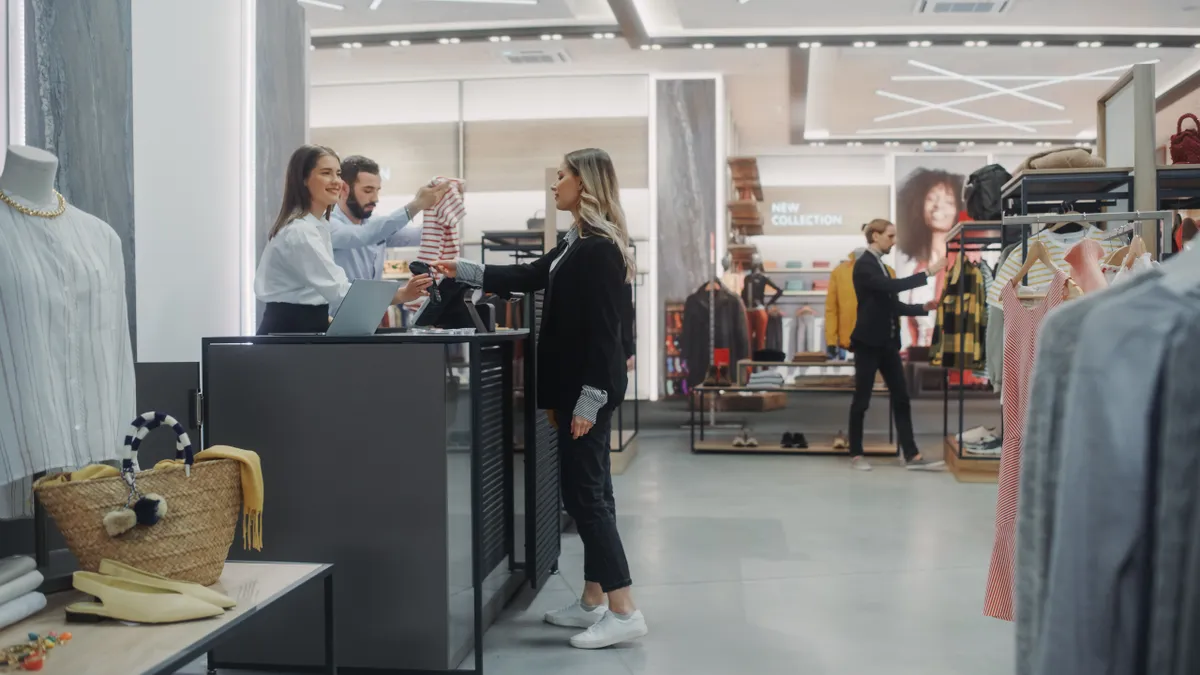Is there any retailer not offering a subscription box these days? Rent the Runway, Stitch Fix, Trunk Club and Amazon Prime Wardrobe offer such services to meet all of consumers' clothing needs. Sephora, Birchbox and Ipsy bring beauty samples to the purchaser's front door. HelloFresh, Blue Apron and Daily Harvest allow home chefs to at least attempt to eat healthy at home. With McKinsey & Company reporting that subscriptions have grown 100% in the past five years, the business model has solidified its role as a revenue driver in retail.
As brand names clamor to package their own versions of box subscriptions, independent retailers are exploring similar product offerings as an additional revenue stream and a means to inspire consumer devotion. What large companies trip over in terms of logistics and customer retention can be seen playing out on a more confined scale with small retailers. Yet, scrappy independents are making headway by playing on the best aspects of what a subscription service can offer.
Something extra
Small business owner and candle maker Amina Ahmed launched her Washington D.C.-based subscription box service in 2014. It was early enough in the trend that ordering a monthly package from a retailer was seen as unique. Her company, Handmade Habitat, still delivers full-sized, eco-friendly soy candles to customers each month based on a theme. Ahmed also includes a special handmade treat in each package — an offering she has had trouble scaling as her user base has expanded.
"I had a lot more time to make really custom, small things every month, and that was a lot of fun for me," she said in an interview with Retail Dive. "But now as it’s grown it’s getting harder and harder to keep doing that."
That’s not to say that Ahmed is giving up on the concept. Instead, she plans to evolve her subscription service with a more focused scope. She sees subscriptions as a way to garner shopper loyalty while delighting them with her products. "I look at it as a way to reach new customers and build relationships with new people," she said.
Customer bonds
Bonding with consumers via subscription services may be one of the keys to retaining customers. Keeping clients engaged — and paying for — a monthly subscription is one area where large corporations are faltering with nearly 40% of subscribers ultimately canceling services, according to recent research from McKinsey.
"Back in the day in 2011 or 2012, the cost of acquisition of a customer was low because it was a novel concept," said Ashwin Ramasamy, co-founder and chief marketing officer at PipeCandy, an e-commerce market intelligence company. "On one hand you have subscription box companies. On the other you have direct-to-consumer picking up and it’s growing as a segment. Now the cost of acquisition of customers is increasing," he said in an interview with Retail Dive.
The market has become saturated as consumers pay for subscription delivery on everything from clothing to coffee and as businesses see it as part of e-commerce strategy.
According to a report by website traffic insight company Hitwise, 18.5 million Americans visited at least one subscription box website in Q1 of 2018, a 24% increase since 2017. But, eyes on websites don’t necessarily translate into sales. The top ten subscription services have wavered in dominating the market, with visits to their websites declining 70%, indicating that "competition is rising from below." In other words, the market now has more players, including small retailers.
So what’s the best way for retailers to stand out from the crowd? Marshal Cohen, chief industry advisor for retail at The NPD Group, suggests subscription services need to be focused on personalization. "They must be more sophisticated. It’s not one size fits all. It’s not one product for the whole country or even the whole world at the same time," he said in an interview with Retail Dive.
Standing out
Independent retailers may distinguish themselves from big-box stores because of their ability to grow strong ties with a smaller consumer base.
Independent book retailer Politics & Prose in Washington, D.C., has grown a specialized book of the month club by placing each subscriber’s personality at the center of their service. Every month the store picks out a book that is catered to each person’s taste.
"We figure out what they like, what the recipient likes to read," subscriptions coordinator Keith Vient said in an interview with Retail Dive. "We send questionnaires, we talk to them on the phone, email, to find out what genres they like, who are their favorite authors, what books they have read recently," he said.
Vient puts thought into selecting the best read for each of his subscribers. "I have their profiles. I have a physical sheet of paper and just kinda stand around and look through the books and think of what they might like to read next," he said. The longer a customer is part of the subscription service, the more he understands who they are and what they will be excited to read.
Multi-million dollar subscription box retailers have gone beyond analog methodologies and instead rely on algorithms to attempt personalization of product selection. "They are focused on data," Ramasamy said of subscription box services. "Looking at a customer as a data point." But, understanding consumer needs must come to the forefront for businesses to retain customers and, ultimately, for financial viability.
"Other subscription boxes ship out the same book to all of their hundreds of subscribers, right? But this is something very personalized," Vient said. That level of consumer understanding gives small retailers an edge and serves as a challenge to large box services.






















